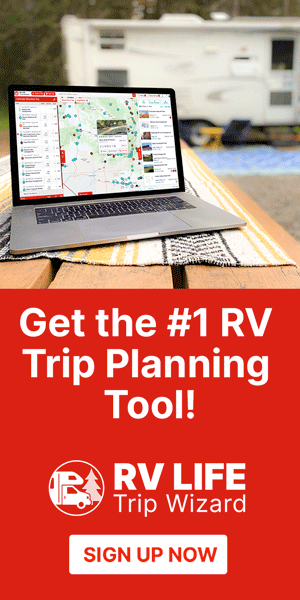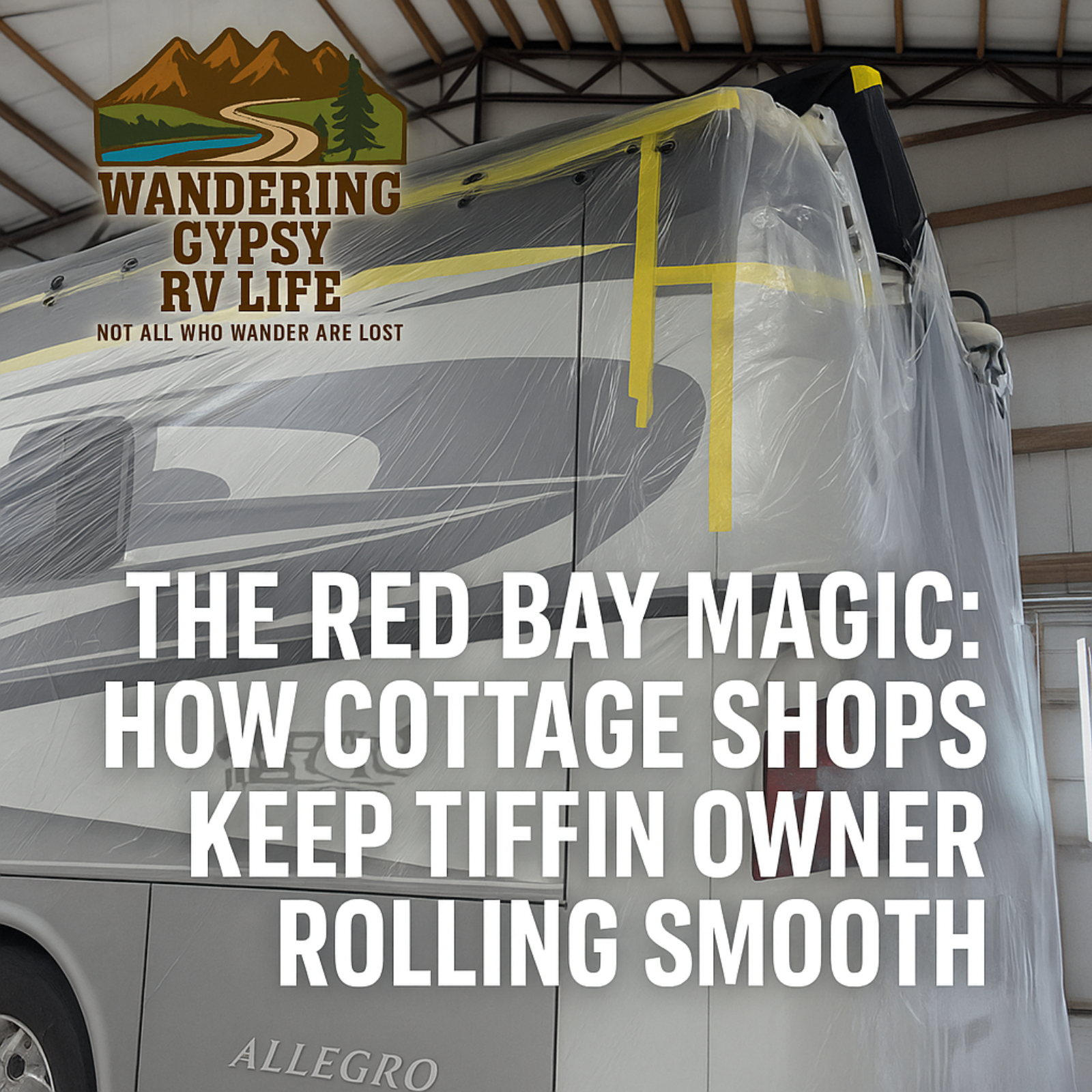As I rolled into Kit Carson, Colorado, on a bright and breezy afternoon, it hit me—this tiny town in the Eastern Plains might be out of the way, but it sure packs in some surprising character. The vast prairie stretched out endlessly around me, broken only by a few grain silos, a distant water tower, and the occasional tumbleweed making its escape across the highway.
I was pulling into the newly opened Colorado Plains RV Park, a modest but cleverly designed campground that opened its gates in May 2024. Aside from the fact that I initially blew right past the entrance and had to detour 12 miles to turn around, what drew my attention was the park’s unique winter-ready water setup. It’s the kind of small-town ingenuity that full-time RVers like me really appreciate, especially when the mercury drops.
Frost-Proof Innovation on the High Plains
If you’ve RVed in colder climates, you know how tricky water connections can be once freezing temps set in. Many campgrounds simply shut off their water to avoid frozen pipe disasters, leaving you with a full tank and prayers that it’ll last until spring.
Not so at Colorado Plains RV Park.

Each site is equipped with a power-heated water spigot designed to prevent freezing, even in the biting chill of Colorado winters. It’s a Jones H-7000 heated hydrant, and let me tell you—it’s slick. Plug the cord into the nearby 20A outlet, attach your hose with a pressure regulator and filter setup, and you’re good to go, even if Jack Frost is nipping at your sewer hose.

Instructions are printed at every site for easy reference. The setup uses a black locking collar that twists to allow water flow, locks to prevent backflow, and disconnects with just a few firm motions. It’s the kind of small, thoughtful infrastructure that makes a huge difference for winter RVing.
Pair this hydrant with a Hose Grip drinking water hose, inline triple-stage filtration, and a quality regulator, and you’ve got yourself a winter water hookup that’s both safe and secure.
A Town Named for a Legend
With my site leveled and Bertie Bea settled in, I unhooked Rosie and decided to explore this namesake town: Kit Carson, Colorado. You won’t find a bustling main street or a stack of museums, but the name carries a frontier weight that stretches far beyond the city limits.
Established in the mid-1870s, the town sits along the old Smoky Hill Trail, a key route for settlers and gold-seekers heading west. When the Kansas Pacific Railway rolled through in 1870, it brought a flood of new settlers to the area. The town was named after Christopher “Kit” Carson, a man who was already a living legend.
Kit Carson: The Man, the Myth, the Mountain

So, who was Kit Carson?
Born in 1809 in Kentucky, Carson headed west as a teenager, chasing adventure as a trapper, scout, and guide. He became one of the most well-known mountain men of the 19th century, partnering with the famed explorer John C. Frémont on multiple expeditions through the uncharted American West.
Carson wasn’t just a wilderness survivalist—he was a U.S. Army officer, a frontiersman, and a controversial figure in Native American history. While he played a major role in opening the West for expansion, he was also involved in military campaigns that displaced Navajo people during the Long Walk to Bosque Redondo—a dark chapter in Western history.
Despite this, Kit Carson’s name became iconic. Streets, towns, counties, and even a national forest were named after him. For better or worse, his legacy looms large in the American West.
RVing Through History
As I sat outside that evening with a cup of coffee and the prairie winds doing their thing, I couldn’t help but feel connected to the deep historical roots of this place. Sure, it’s a little dusty. The nearest Walmart is nearly 60 miles away in Lamar, and the closest grocery store is a Dollar General in Eads, 22 miles south. But that’s part of the charm.
Kit Carson isn’t just a stopover—it’s a reminder of how much of the West is still wide open. Here, the roads are long, the sky’s even longer, and the spirit of the frontier is alive and well in the little things, like a smartly built water spigot in a brand-new RV park.
I’ll be in Colorado a bit longer before heading north to Wyoming, but if you’re ever traveling along Highway 287 and need a quiet, no-fuss place to park your rig (and maybe brush up on some frontier history), don’t sleep on Colorado Plains RV Park.
Pro Tips for Winter Water Hookups at Campgrounds
- Always use a pressure regulator to protect your RV plumbing.
- Heated hydrants like the Jones H-7000 can keep water flowing even below freezing—just make sure to plug in the cord!
- Triple-stage filters are great for removing sediment, chlorine, and any odd-tasting minerals in rural water systems.
- Bring extra hose insulation or a heated hose if temps dip lower than what the hydrant is rated for.
Until next time, keep the coffee hot and the tanks from freezing. And remember—not all who wander are lost.
? Want to see the full setup in action? Check out the companion video on YouTube and follow along on Instagram and Facebook @WanderingGypsyRVLife.




Leave a Reply